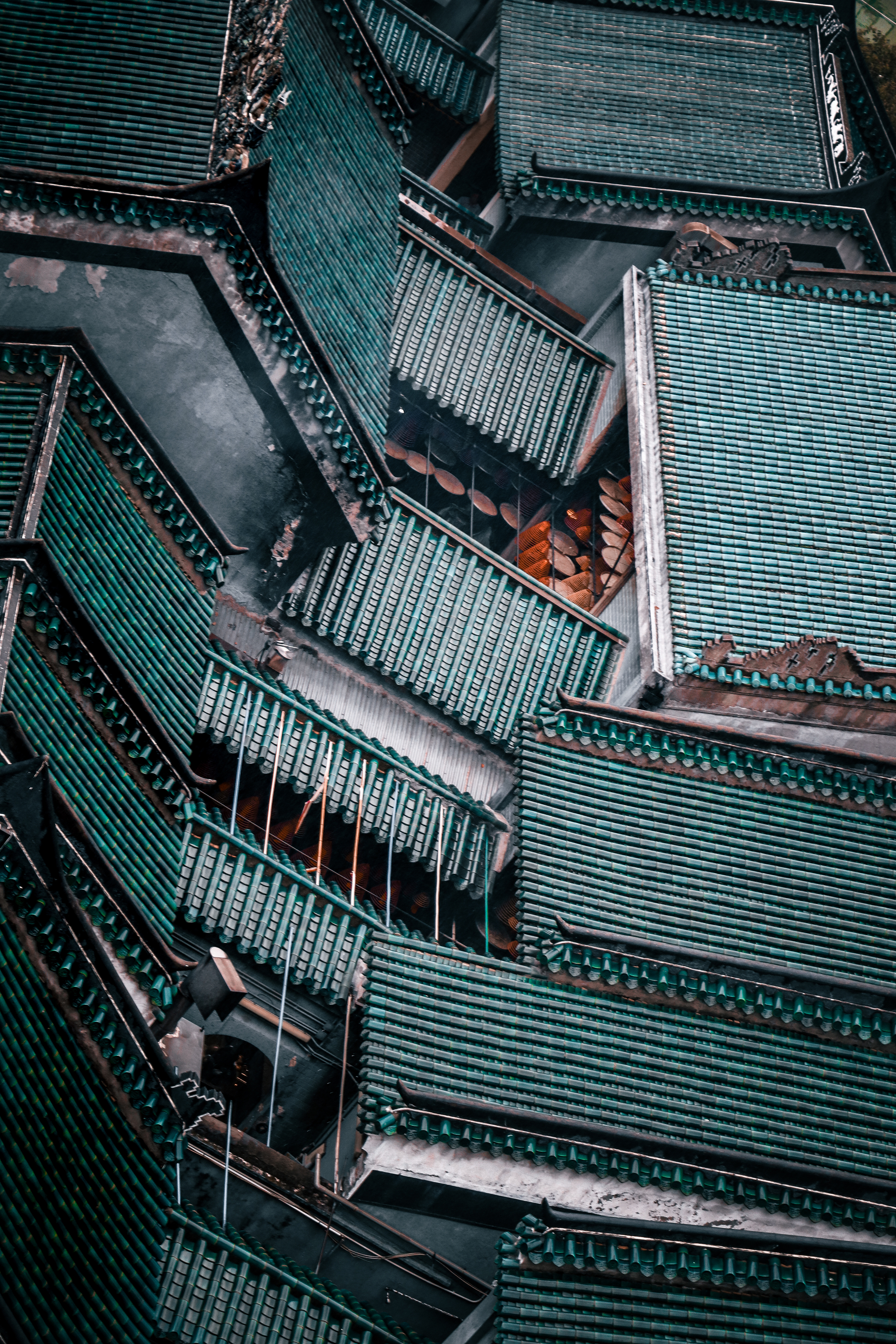Celebrating the 2025 Imaging the Asia Pacific Photo and Video Competition Winners

Haydenne Ablat Cabuco
First Prize: “Breath of Fresh Air”
Honours Bachelor of Arts, Majors in Sociology and Industrial Relations & Human Resources
Having lived in Canada for nearly 12 years, the stark contrast between Western culture and that of Asia becomes abundantly clear every time I visit home. These photos, so different from my everyday view of downtown Toronto, make me fully aware of the privilege I have to witness such different parts of the world.
On the northernmost part of the Philippines, separate from the mainland, lies an island called Batanes. It is an Indigenous land, a place that I could only best describe as paradise; though that may be biased, coming from someone who was born there.
While Batanes has advanced greatly over the years, its people continue to take pride in preserving its traditions, and much of its rich history remains prevalent today. The people of Batanes, otherwise known as the Ivatans, continue to fish with small boats and live in homes made of limestone and wood floors, my family included. Carabaos are still used by some Ivatans as a means of transportation but are primarily used for agriculture.
I sometimes forget just how beautiful nature can be when it is simply left to thrive. There is so much untouched land; a sight that I have only come to fully appreciate after living in the cement walls of the city for so long. It is a place where I can fully appreciate the finer things in life. Taking in the smell of the ocean, the whistle of the trees, the breath of fresh air, and even my neighbour’s roosters that serve as my alarm clock in the morning.
In sharing this, I hope that more people will come to visit Batanes to see for themselves what wonders and beautiful sceneries await them.






Shebonti Khandaker
Second Prize: “Fishmonger,” “Tea Garden,” “Biryani House,” “Toy Shopping,” “Nilkhet Book Market,” and “Boy Reclining with Umbrella”
Honours Bachelor of Arts, Major in Cognitive Science, Minors in History and Material Culture & Semiotics
For me, being at home in Bangladesh means being enveloped in colour, motion, and sensation. Dhaka, the capital of Bangladesh and the 4th most densely-populated city in the world, teems with so much energy so as to feel animated. Since I left to pursue my studies abroad, each trip home makes the city feel more and more like quicksilver – buildings are constantly being erected and pulled down, people busily jostle and dart through the narrow, riverine streets, and it almost feels as though roads, parks, and bridges conspire to swap places with one another. Through my 35mm film photographs, I want to convey how the country inhabits a state of constant flux.

Hei Ching Chan
Third Prize: "Green Tiles”
Honours Bachelor of Arts, Major in Environmental Geography, Minors in Human Geography and Urban Studies
Built in 1865, the Tin Hau Temple Complex in Yau Ma Tei is one of Hong Kong’s most significant shrines dedicated to Tin Hau, the revered sea goddess. Once near the coastline, it served as a spiritual refuge for fishermen, but land reclamation has since surrounded it with dense urban development. Despite the changing landscape, the temple remains a cultural and spiritual anchor.
Its green-glazed tile roofs intricate ridge decorations, and ceramic figurines. They together reflect the Lingnan architectural style which is deeply rooted in the Pearl River Delta. These rooftops form a visual dialogue between past and present, where centuries-old craftsmanship contrasts with encroaching high-rises. The fragmented view of the temple’s roofs in this image highlights a central theme in Hong Kong’s urban identity, the constant negotiation between tradition and modernity, resilience and reinvention.

Mattea Shuen
Third Prize: "A Humble Abode”
Honours Bachelor of Arts, Major in Book & Media Studies, Minors in Contemporary Asian Studies and East Asian Studies
A humble kitchen, counters stacked with pots and pans, bathed in bright sunlight streaming in through a high-rise window. A large cast iron wok rests on a single gas stove, ready to cook the fresh vegetables and fish purchased from the market earlier in the morning.
Taken through the doorway leading into my grandmother’s kitchen, this photograph highlights the simplicity of the daily lives of Hong Kong’s ordinary people. To many, Hong Kong evokes images of bustling neon-lit city streets, towering skyscrapers, vibrant night markets and luxury malls. Yet, for its ordinary residents, life in Hong Kong is marked by quiet, humble rituals - morning walks in the park, buying produce at the wet market, preparing home-cooked meals.
In a dynamic, fast-paced megacity, the home kitchen serves as a stark contrast, offering an everyday glimpse of Hong Kong from the lens of a common resident. For those like my grandmother, the kitchen remains a space where love, culture, and traditions are passed from generation to generation. It represents home - a place that preserves warmth, nostalgia, and comfortable familiarity within an ever-evolving, urbanizing metropolis.
The photograph is an ode to humble spaces and homes, to the quiet rhythms that underwrite the noise and busyness of urban spaces, and to ordinary people whose perspectives often go overlooked.

